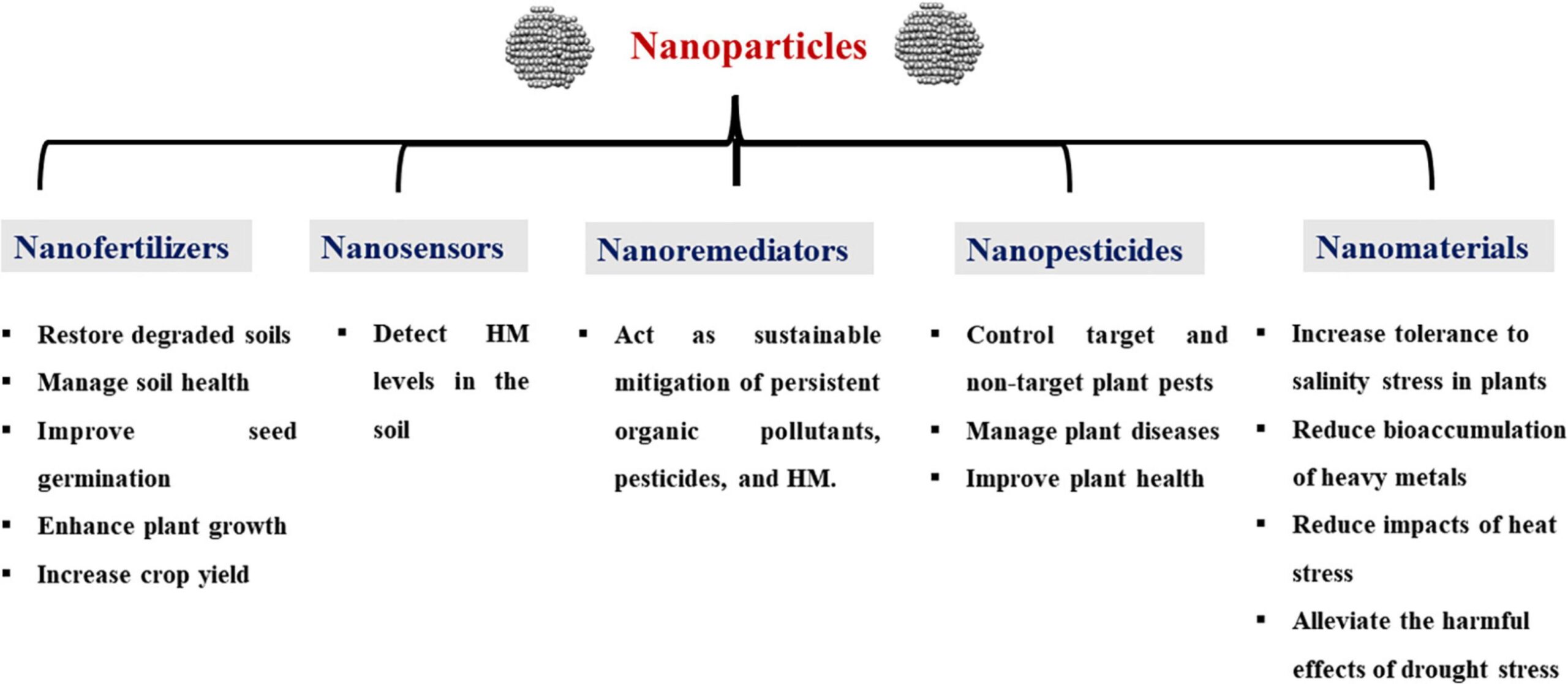“`html
Regenstoff Stress Orten
Regenstoff Stress Orten refers to the identification and localization of stress factors in sustainable materials. In today’s world, understanding how stress impacts materials and their performance is crucial for developing innovative solutions. This article will explore the various aspects of Regenstoff Stress Orten, including its significance, methodologies, and real-world applications.
Understanding Systems and Material Stress
At the core of Regenstoff Stress Orten is the understanding of how different materials respond to stress under various conditions. It is essential to analyze both mechanical and environmental stressors to determine their effects on the performance and longevity of materials. Identifying stress points can lead to enhanced product design and sustainability, ensuring that resources are utilized effectively and reducing waste over time.
Identifying Stress Factors
The process of identifying stress factors involves quantitative analysis and qualitative assessment of materials. For instance, engineers might subject materials to different load conditions and monitor their response. This kind of testing reveals critical insight into how materials behave when external forces applied. By pinpointing these stress factors, developers can create adaptive strategies for improvement.
Impact on Sustainability
Stress points serve as pivotal indicators for sustainability practices. For example, through well-designed testing, manufacturers can find greener alternatives that withstand the strain in place of those that may underperform. When sustainability documentation is maintained, a holistic overview emerges on these materials under stress. This proactive methodology not only reduces waste but enhances overall effectiveness across various applications.

Methodologies for Assessing Stress in Materials
Regenstoff Stress Orten employs several methodologies to analyze stress in sustainability materials. Using advanced technology, researchers can compile extensive data to drive meaningful conclusions regarding material resilience or vulnerabilities. From computational simulations to physical stress tests, each method plays a vital role in understanding the behavior of sustainable materials.
Computer Simulations
Computer simulations offer a vital perspective in understanding and predicting stress responses in materials. By creating digital models, researchers can manipulate variables and observe potential outcomes without physically testing the materials. This significantly reduces resource consumption while allowing for various scenarios to be assessed, ultimately leading to better-informed decisions for material utilization.
Field Testing
Field testing provides practical insights into how materials behave under real-world conditions. In this respected methodology, materials are exposed to their intended environments to evaluate performance over time. For example, materials used in construction are studied for durability against weather conditions. These findings inform future development, highlighting enhancements that can be made for higher resilience and sustainability.

Applications in Different Industries
The principles of Regenstoff Stress Orten find applications across various sectors, including construction, automotive, and energy. Each industry offers unique challenges and opportunities for identifying stressors and improving material performance. Innovation in these areas often yields significant environmental benefits, aligning financial gain with sustainability goals.
Construction Sector Innovations
In the construction industry, building materials need to be robust yet flexible to withstand shifting environments. The methodologies of Regenstoff Stress Orten help engineers fine-tune their designs, ensuring structures can express ample resilience while minimizing environmental impacts. With a focus on lifespan and recyclability, the sector continues to explore eco-friendly materials enhanced through stress-reducing technologies.
Automotive Industry Progress
The automotive industry is another domain that significantly benefits from Regenstoff Stress Orten. Manufacturers seek to enhance vehicle performance while also ensuring reduced environmental footprints. By identifying and mitigating stress points in materials utilized in production, this industry can achieve lighter yet stronger vehicles, which translates into fuel efficiency and reduced emissions making a noteworthy impact on sustainability efforts.
Conclusion
Regenstoff Stress Orten offers indispensable insights into material performance and resilience within the framework of sustainability. By recognizing the stress points and applying innovative methodologies, industries can lead the way toward material improvements, resource efficiency, and reduced waste. As we continue to navigate environmental challenges, understanding stress in sustainable materials will play a key role in driving future advancements.
FAQ
1. What is Regenstoff Stress Orten?
Regenstoff Stress Orten refers to the process of identifying stress points in sustainable materials. Understanding these stress factors helps engineers innovate and improve the performance and sustainability of materials across various industries.
2. Why is identifying stress in materials important?
Identifying stress in materials is crucial for developing solutions that enhance durability, reduce waste, and promote sustainability. When materials withstand stress better, they lead to longer-lasting products and decreased environmental impact.
3. What methodologies are commonly used in this field?
Common methodologies include computational simulations, field testing, and qualitative assessments. Each method offers unique insights, allowing for comprehensive understanding and innovative improvements to be made.
4. How does stress impact sustainability in construction?
In construction, stress impacts material choices significantly. A better understanding of material stress allows engineers to select sustainable options that will outperform conventional materials, contributing positively to the environment.
5. Are there any examples of successful applications in industry?
The automotive and construction industries have successfully applied principles from Regenstoff Stress Orten. For instance, advancements in material processing have led to lightweight, durable components that enhance vehicle performance while reducing emissions.
“`
